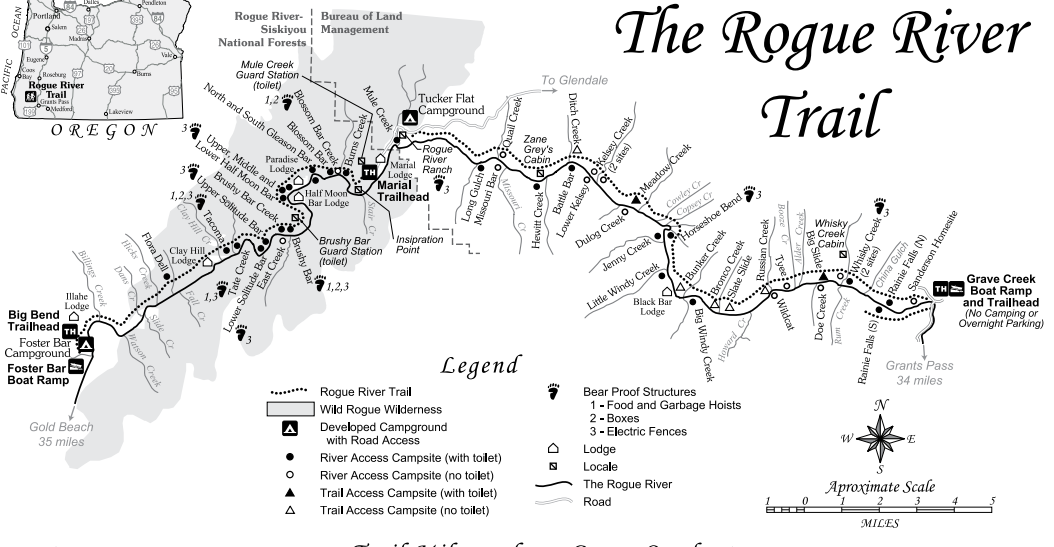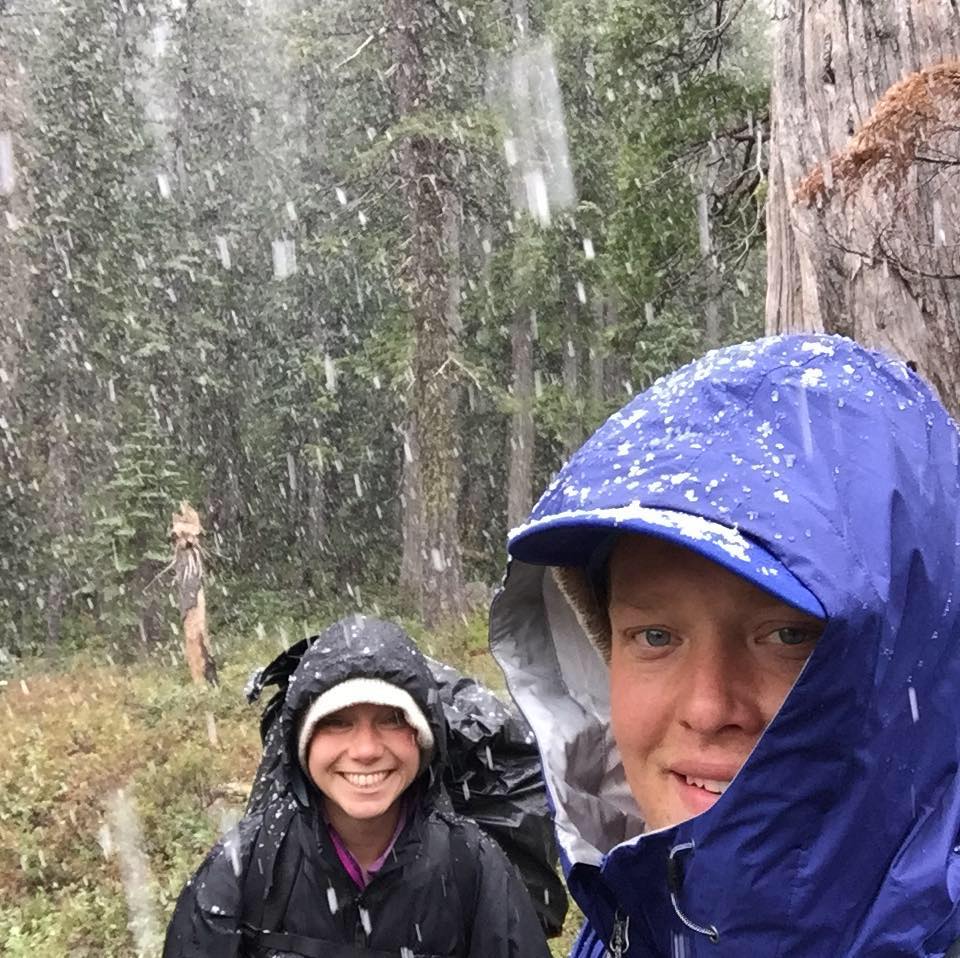10 JUNE 2017 | WILD ROGUE WILDERNESS, ORE. — The Wild Rogue River is a famous 40 mile stretch of rugged river canyon that attracts thousands of boats and hikers per year. But in the last few years river users are seeing something an increase in…human feces.
[peg-image src=”https://lh3.googleusercontent.com/-civXpU9Jq9A/V5p8YmWqMtI/AAAAAAAATDY/nk6dynRZEfENv5okjsQ2gBK8kwODPwfNwCCo/s144-o/Toilet%2BPaper%2BGarden%2Bnear%2BBoulder%2BCreek%2Bon%2BChetco%2Bbelow%2BTincup%2BTrail.JPG” href=”https://picasaweb.google.com/106889352618986621551/BestOf2016?locked=true#6312494589767463634″ caption=”Toilet Paper Garden near Boulder Creek on Chetco below Tincup Trail.JPG” type=”image” alt=”Toilet Paper Garden near Boulder Creek on Chetco below Tincup Trail.JPG” image_size=”6000×4000″ ]
Will Volpert, owner-operator of Indigo Creek Outfitters, attributes the increase of poop to the removal of a couple of out houses, specifically those at Whiskey Creek and Horseshoe Bend. Those are two popular destinations for hikers to spend a day, or their first night on the 40 mile Rogue River Trail.
“They didn’t update it on maps,” he says. And the current trail guide published online by the Bureau of Land Management/US Forest Service does show toilets at the aforementioned sites:
But hikers and boaters need to plan ahead and prepare.
Human waste needs to be buried 6-8 inches deep, and at least 200 feet from the nearest water source (about 75 steps for most adults). That includes seeps or seasonal water flows. Use only plain, white, non-perfumed toilet paper and bury it with the waste, or pack it out in ziplocks.

Boaters who float the river during permit season are required to watch an educational video and produce a portable toilet to a ranger before receiving a permit and launching. “If you have no toilet, you can’t get a permit,” Volpert says.
But hikers aren’t required to have permits or watch the video. “Some of them may have been hiking for years, and expecting an outhouse.”
Volpert will typically send one guide ahead of other boats to setup camp. “They pull up to find human feces and are like, ‘what the hell is going on here?’ They end up cleaning it up.”
One of those guides is Volpert’s operations manager, Glen Finch. He says his customers are there to get away from day to day life. Stumbling upon human feces in such a beautiful place is a buzz kill.
[peg-image src=”https://lh3.googleusercontent.com/-t4qtvVlYGjI/V-LsrNOcPNI/AAAAAAAAUsI/Gm90MkPPUeUcUpL-sFIzLe_z0vkshTFyACCo/s144-o/SAM_3172.JPG” href=”https://picasaweb.google.com/106889352618986621551/BestOf2016?locked=true#6332884253065100498″ caption=”” type=”image” alt=”SAM_3172.JPG” image_size=”4608×3456″ ]
“Everyone will be excited, on kind of this high. Then we’ll stumble upon piles of human feces and toilet paper.”
Volpert thinks it reflects poorly upon the river community. “I know it’s not just hikers. I know it’s not just boaters.”
Building a cat hole 200 feet from water and 6-8 inches down isn’t always easy in an area with really steep slopes and plenty of hard, rocky soil. All users need to plan ahead and prepare. Boaters need to bring their required toilet, set it up, and use it. Hikers need to have a trowel, so they can dig.
Removing rocks and using their well, or simply covering it up with debris isn’t an alternative. And expecting an outhouse is no excuse. Alternatively, hikers in some places are hiking their feces out in wag bags or poop tubes.
[peg-image src=”https://lh3.googleusercontent.com/-UECtKKzkVEw/VwcDuYxTCaI/AAAAAAAAU00/jljiAUwQfB0jMT-C_Nx1AmxOabPAiqnzACCo/s144-o/SAM_0397.JPG” href=”https://picasaweb.google.com/106889352618986621551/6193031937939359601#6270985101594790306″ caption=”” type=”image” alt=”SAM_0397.JPG” image_size=”3332×2245″ ]
Such applications may be a good back up plan for in the event you can’t find a place to dig, and you gotta go. That may sound gross from the leisure of your phone or computer. But it’s far better than leaving your waste in the backwoods. Take that from the people who end up cleaning it up.
“It’s disgusting,” Volpert says says.
“Repulsive,” echoes Finch.
And that’s not the only reason to dispose of your waste properly. It can spread disease and contaminate water.
Learn more about the seven Leave No Trace Principles and practice them religiously.


